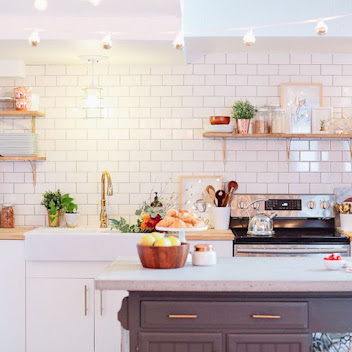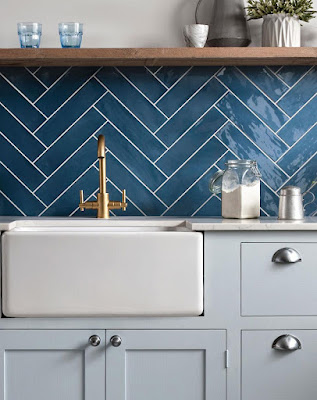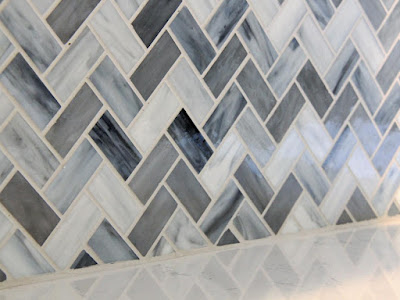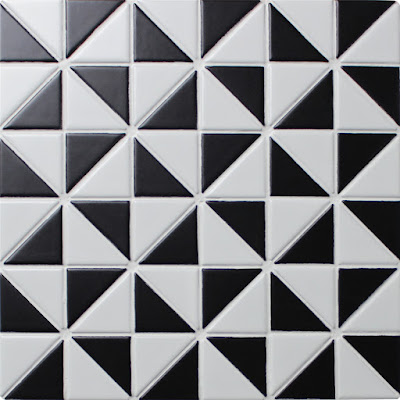In the world of interior design and landscaping, there exists a captivating bridge between nature and architecture, and it's none other than the stone planter. These exquisite pieces of art serve as vessels for the green wonders of the outdoors, seamlessly integrating nature into our living spaces. As dedicated proponents of this harmonious blend, we introduce you to the world of stone planter exporters who are redefining interior and exterior design with their exceptional creations.
The Artistry of Stone Planters
A Natural Symphony
Stone planters embody a delicate symphony between the raw beauty of natural stone and the vibrancy of green life. Crafted from a diverse array of stones, including marble, granite, and quartzite, each planter is a unique masterpiece. The raw textures and colors of the stone effortlessly complement the lush greenery they hold, creating a visual symphony that resonates with nature enthusiasts and design aficionados alike.
Timeless Elegance
What sets stone planters apart is their timeless elegance. Unlike transient trends, stone planters have graced gardens, patios, and interiors for centuries. Their enduring beauty is a testament to the longevity of stone and the artistry of those who shape it. Whether placed in a contemporary setting or a rustic garden, stone planters effortlessly adapt to their surroundings, exuding an air of sophistication.
The Versatility of Stone Planters
1. Indoor Oases
Stone planters are interior design gems, infusing homes and commercial spaces with a touch of nature. These planters create indoor oases, allowing you to cultivate greenery in any environment. Whether you're adorning a living room with a lush fern or transforming a corporate lobby with a towering palm, stone planters seamlessly bring the outdoors in.
2. Outdoor Elegance
In outdoor spaces, stone planters serve as anchors of design. They provide the perfect foundation for creating inviting patios, charming garden paths, and serene courtyards. Stone planters can house everything from vibrant flowers to small trees, elevating the beauty of any landscape.
3. Architectural Accents
Stone planters aren't just containers; they are architectural accents. Placed strategically, they define spaces, create visual focal points, and guide the flow of traffic. These planters have the unique ability to harmonize with existing architectural elements, enhancing the overall aesthetics.
The Superiority of Stone Planters
Durability and Timelessness
Stone planters are prized for their durability. They withstand the test of time, weathering the elements without losing their charm. Unlike their plastic or ceramic counterparts, stone planters age gracefully, acquiring a patina that adds to their character.
Sustainability
As the world turns its focus towards sustainability, stone planters align with eco-conscious principles. Crafted from natural materials, they have a lower environmental footprint compared to synthetic alternatives. Moreover, their longevity reduces the need for replacements, promoting sustainable design practices.
Elevate Your Spaces with Stone Planters
As advocates of the harmonious coexistence of nature and design, we take pride in offering a curated collection of stone planters that elevate interiors and exteriors to new levels of beauty. When you choose a stone planter, you're not merely selecting a container; you're making a statement about your appreciation for timeless design and the beauty of the natural world.
Embrace Nature's Harmony
In conclusion, stone planters are more than just vessels for plants; they are expressions of harmony between nature and architecture. Whether you're an architect, a landscape designer, or a homeowner with a penchant for elegance, stone planters offer a world of possibilities. Embrace nature's harmony and let stone planters be the bridge that brings the outdoors in.











.jpg)
